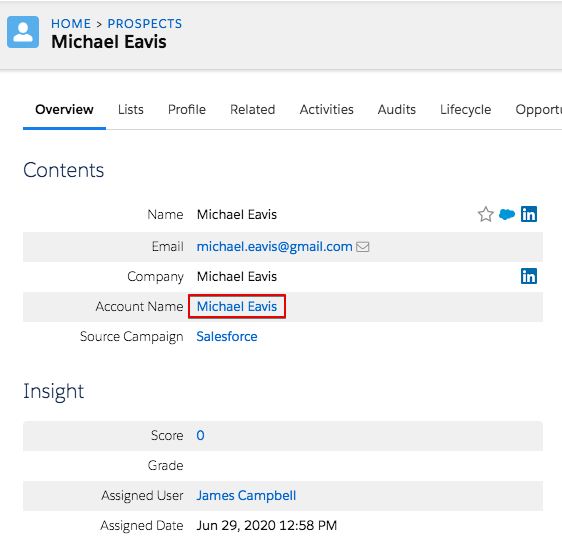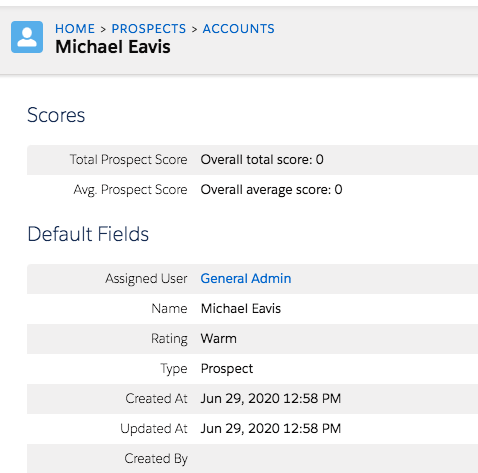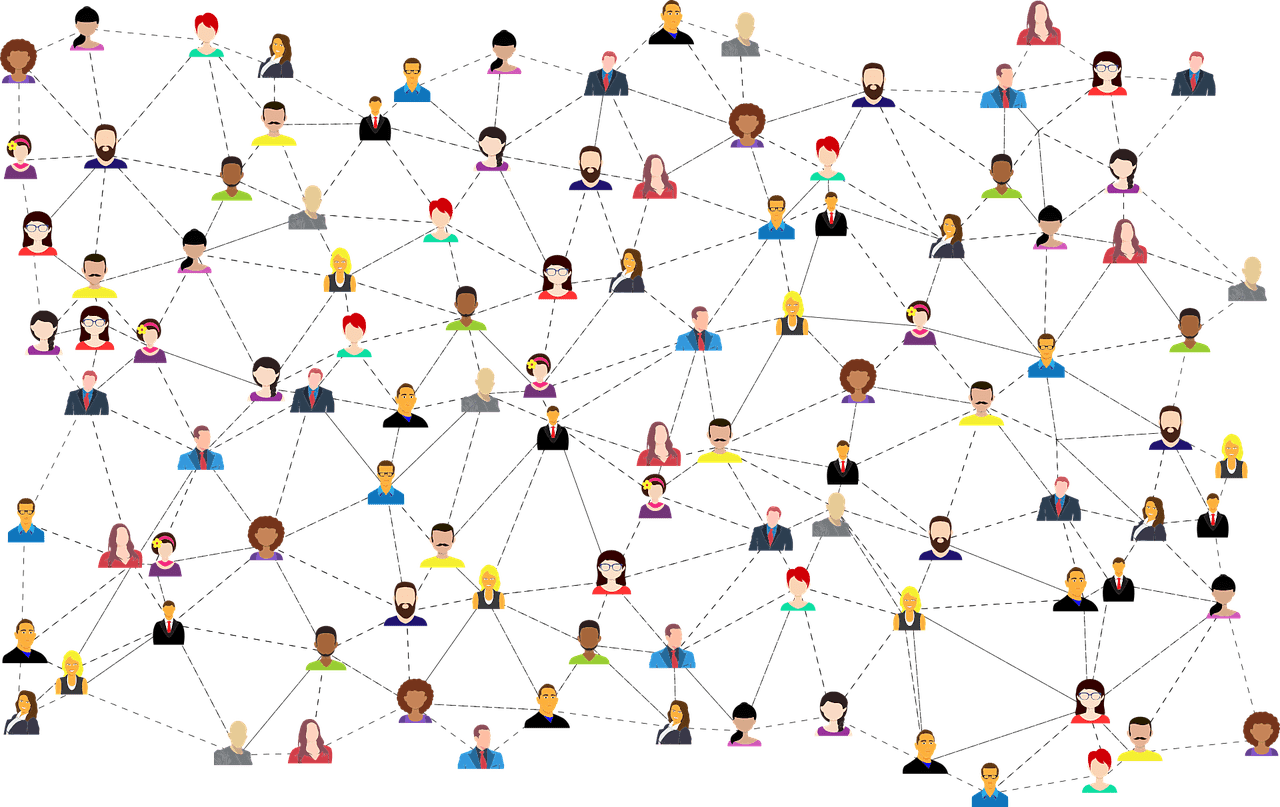At the recent Pardot London’s meet-up, I spoke about Person Accounts in Pardot. They are best described as a merged Account and Contact record with a locked one to one relationship, allowing you to take advantage of the standard Salesforce functionality for both objects.
To help you to understand all there is to know about Person Accounts in Pardot, here’s what we covered:
Salesforce in a B2C environment
By default, Salesforce and Pardot are set up for use in a B2B environment, whilst Marketing Cloud is there for B2C customers. However, there are many companies using Pardot in a B2C / hybrid environment, therefore making Person Accounts relevant.
When you provision a new Salesforce org, you have your standard Account and Contact objects at the core of the platform. Accounts are the Businesses, Companies and Organisations your business interacts with, while Contacts are the people who work at these Accounts.
So what happens if you are a B2C organisation and some or all of your customers are individuals / consumers?
One option is to create the Account as the ‘Household’ and link one of more related people to the Household accounts. This works well in some scenarios, where you are likely to know multiple people at one Household; for example, if you are a mobile phone or insurance provider. However, for the majority of B2C scenarios, this isn’t ideal as you need to create both an Account and Contact record for every person. It can also get confusing with regards to where the data sits in Salesforce, and the user needs to click between screens to view all the info.
Another option is to create one placeholder Account and link all individuals as Contacts. This is okay if you are mainly B2B and just need somewhere to put a few consumers / individuals. However, you will face a few issues if you are doing this for a large number of individuals, such as:
- it doesn’t work well with Opportunities
- you can hit database limits and row locks when you have thousands of Contacts at a single Account
Then, the final two options of using something other than a Contact (e.g. Account or Custom object), is generally not a great idea. The Salesforce platform expects people to either be Leads or Contacts and you can lose a lot by not doing this.
The best solution (in most circumstances) is to enable Person Accounts in your Salesforce org
Person Accounts show up in Salesforce as a new Account Record Type.
In the object set-up area for Accounts and Contacts, you will see that you can configure things such as:
- Fields
- Buttons
- Validation Rules
When you get Salesforce to enable Person Accounts you are given access to the Person Accounts set-up area. However, you will only really need to configure record types and page layouts. That is because a Person Account gets its fields from the Account and Contact objects, which you can easily place on the Person Account page layout.

Above you can see what creating a Person Account looks like with the following Account and Contact fields on one page: Name, Owner; Email, Phone. When you save the record, you are effectively creating both an Account and Contact record behind the scenes. Therefore, importantly, the Person Account has an Account ID and a Contact ID as well.
For further information on things you can and can’t do, check out the Salesforce Person Accounts help page.
Why use Person Accounts?
Having an Account ID and a Contact ID allows you to take advantage of the standard Salesforce functionality for both Accounts and Contacts. For example:
- Person Accounts can be included in the Account lookup of an Opportunity
- Person Accounts can be added to Campaigns as Campaign Members
- They can be included in the ‘Name’ lookup for Activities (i.e. Tasks & Events)
- Majority of standard Account & Contact reports can be leveraged
Overall, you will have plenty standard Salesforce functionality available when using Person Accounts, not just the options mentioned above.
So how do Person Accounts work with Pardot?
Person Accounts can sync with Pardot in the same way as regular Accounts and Contacts. When a Person Account in created in Salesforce, an Account and Contact are effectively created. Therefore, you also get both a Prospect and Account record created in Pardot.
The main difference is that it’s less obvious that you’re viewing a Person Account in Pardot, as you don’t get the combined page layout experience that you get in Salesforce. These screenshots show what you will see in Pardot after saving the Salesforce record image further up in this blog.


Things to Know / Consider
You Need to Actively Enable Person Account Syncing
Previously done by contacting support, it now looks like it can now be done in configuration. This has caught people out before because they expect it to just start working. Activation is super quick, but you do have to actively enable it.
Use Person and Business Accounts Together
If you have both Business Accounts and Person Accounts in Salesforce, remember Pardot can sync with both. In Pardot you can have any number of Business Account Record Types as you would like.
Think Carefully About Field Location in Salesforce
- Contact fields can sync bi-directionally with Prospect Fields
- Account fields are read-only in Pardot and cannot be updated in Pardot
Not Using Leads?
If you are not using Leads you can request Pardot to create Person Accounts rather than Lead on Assignment, in the same way that you can for Contacts, however Pardot can only create one Person Account record type.
***
I hope you have found this useful, and remember to get in touch if you have any further questions!
Edit: A previous version of this blog stated that only one Person Account Record Type can sync with Pardot. This information is no longer correct and has been removed.


